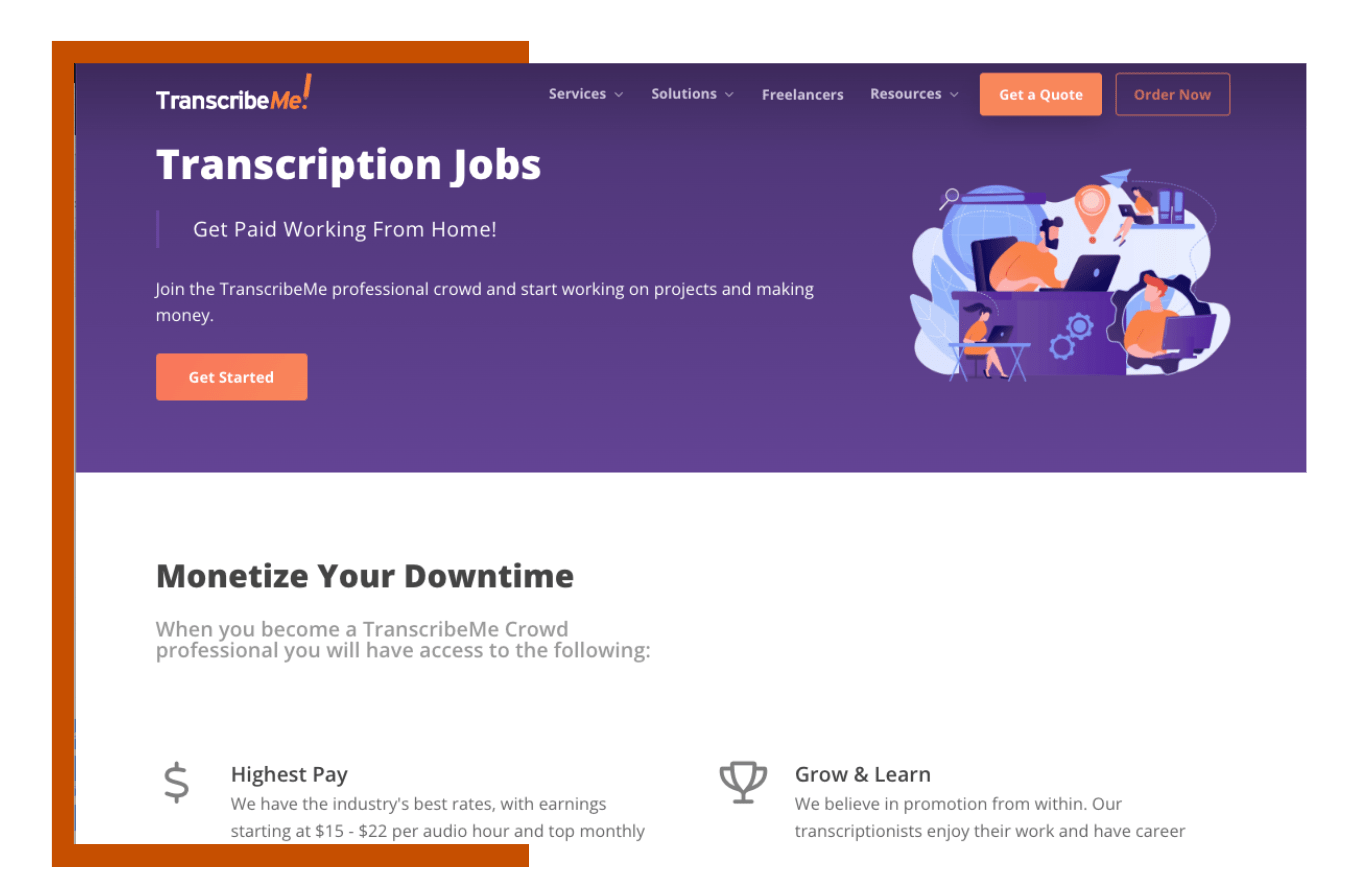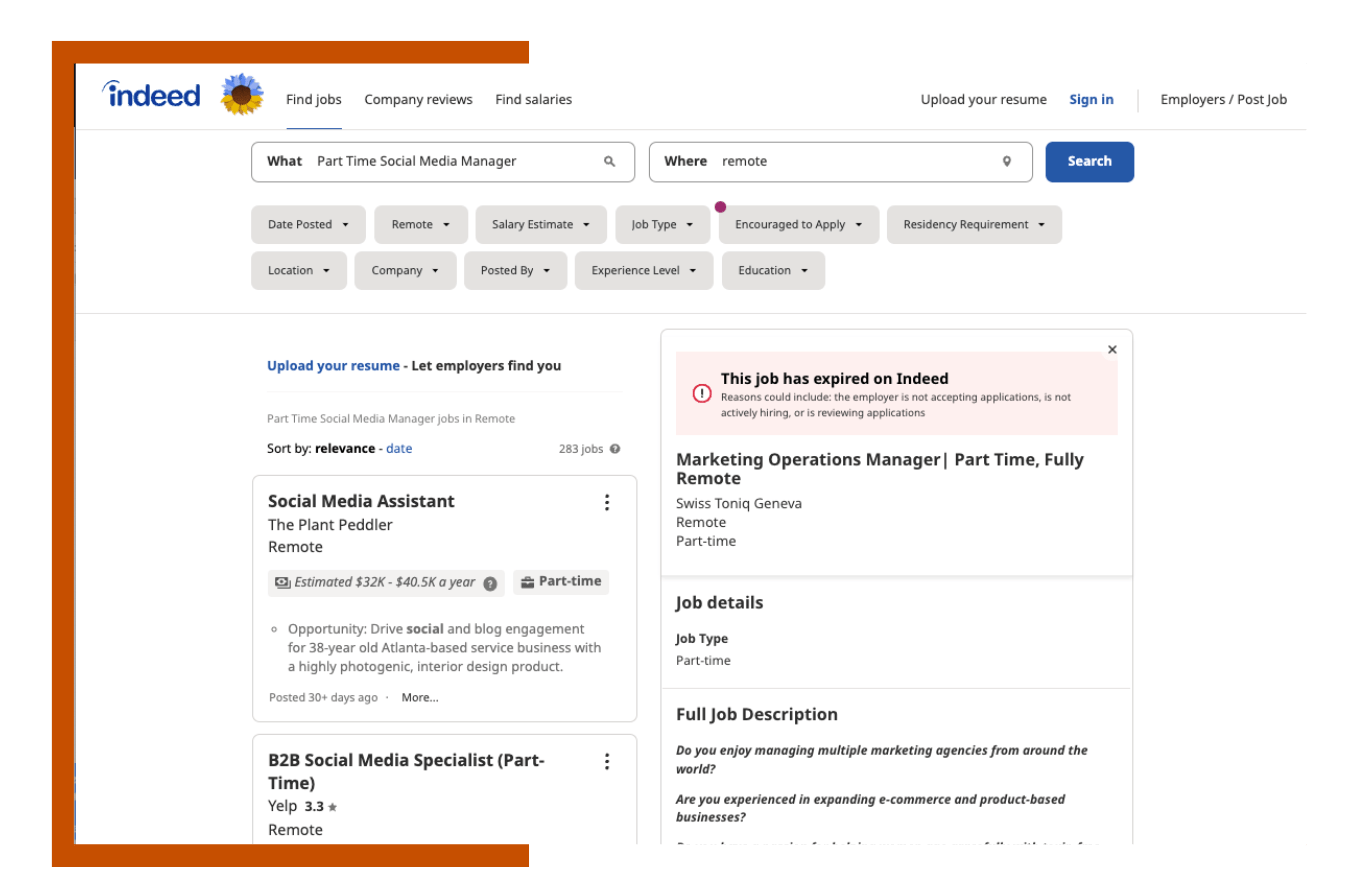8 Online Side Gigs to Do From Home
It seems like everyone has a side hustle these days. Chalk it up to a changing economy and evolving worker preferences, but according to multiple employment studies, at least 30% of American workers have a job beyond their regular 9-5. And more people are joining those ranks each day.
Maybe you’re interested in becoming one of those folks – there are plenty of reasons to, after all – but the thought of trudging back out into the world after job #1 is holding you back. Well, you could consider a side gig from home.
With a fully-remote, part-time job in the digital economy, you can get all the benefits of a second job without subjecting yourself to two commutes. You could supplement your paycheck, follow a passion, work on professional development or even start that business you’ve always wanted to. It could be the perfect chance to try out a potential career move or just help you save extra money for a rainy day fund (or vacation). But where to start?
Want to take your passion online where you own the data and experience? Schedule a free demo.
Depending on your skills and experience, there’s probably something out there for you. Here we’ve gathered a list of 8 potential side gigs from home that could meet your needs and maybe even change your life.
8 Side-Gigs You Can Do From Home
1. Teach English Online
If you are reading this, congrats! You have the first qualification for becoming an online teacher of English as a Second Language. There are many services that connect native English speakers with students all around the world and can even train you how to teach. Most of these gigs will require a college degree, but little else.
- Potential pay: $14-$22/hour
- Job Board: VIPKid
2. Bookkeeping
Every business or nonprofit needs someone to take care of the books – even as accounting programs get smarter and easier to use. But here’s a (not so) shocking truth: Most people do not feel comfortable enough with math to do it themselves. If you happen to be a math lover with a college degree and some basic accounting experience, freelance bookkeeping could be the plum side gig from home you’re looking for.
- Potential pay: $18/hour
- Job Board: PeoplePerHour
3. Photo Editing
You don’t have to be a math or language wiz to score a sweet side gig from home. Creatives can get involved, too, and digital photo editing is a great option. If you’ve got some Adobe Photoshop/Lightroom skills and love touching up family photos (or cropping an unwanted ex out of the picture completely), you could already be in high demand.
- Potential pay: Varies
- Job Board: Guru
4. Online Tutoring
Every semester, a new class of students sign up for important classes and every semester, just like clockwork, some of those students need help with the coursework. Suppose you are a recent grad, or even a working professional with expertise in a field like statistics, biology, or accounting. In that case, you could be the perfect fit for an online tutor. The best part of this side gig from home is this – on top of some extra cash, you also get to help someone succeed.
- Potential pay: $18/hour
- Job Board: TutorMe
5. Start a Small Business
Maybe you’ve been dreaming of being your own boss, and starting up a business of your own – but you just never have the time or energy. Here’s a secret: It doesn’t have to be huge, it doesn’t have to take up all of your time, and it doesn’t have to be your main gig. What about an Etsy shop, a car detailing biz, or any one of these other ideas? Even if you start small, your entrepreneurial spirit is priceless, and Cause Machine can help make your vision a professional success.
- Potential pay: Limitless
- Job Board: You make it yourself!
6. Transcription
Journalists, writers, video producers, and many other professionals have a recurring problem that’s perfect for a side gig from home – extended interviews or audio recordings that need to be transcribed, word for word, and quickly. This potential side hustle is great because the only thing it really requires is decent typing skills and access to a computer. It’s a great way to earn some extra cash without spending much of your own brain power.
- Potential pay: $15-$22/audio hour
- Job Board: TranscribeMe!
7. Social Media Managing
Well-run social media accounts have become a fundamental need for businesses, large and small. Whether they’re used for intensive marketing campaigns or just driving community engagement, someone has to run things. But not every business has an in-house option who’s both available and competent, so they sometimes hire freelancers. If you can demonstrate reliability and a good understanding of the social landscape, you could start posting your way to an extra paycheck.
- Potential pay: $15-$30/hour
- Job Board: Indeed
8. Resume Writing
Finally, the simple fact you are reading this is proof that many people out there are job hunting. So if you’ve got concise writing skills and a keen eye for text design, why not consider resume writing? It can be done from anywhere and doesn’t require much in the way of hardware – just a word processor, really. And on top of helping others achieve their goal, or maybe even help provide their family with a better life, you get valuable experience for your own resume, too.
- Potential pay: $19/hour
- Job Board: FlexJobs
As time goes on and the working world evolves, it seems like having a side gig from home will only become more widespread – and perhaps more necessary. Use these suggestions to get started toward a goal now – whether it’s a fresh career path or just a little added financial security. You might thank yourself later.
Cause Machine Solutions
One of the most significant pieces of what sets Cause Machine apart from other technology platforms is where we start… with a community engagement strategy. We begin all of our work on the foundation of engaging a community well and then begin mapping out the technology to help support that strategy. We’re certain that you’ll find some great resources and powerful tools in Cause Machine to better engage your community as well. Learn how it can work for you here.
Related Content











Comments